





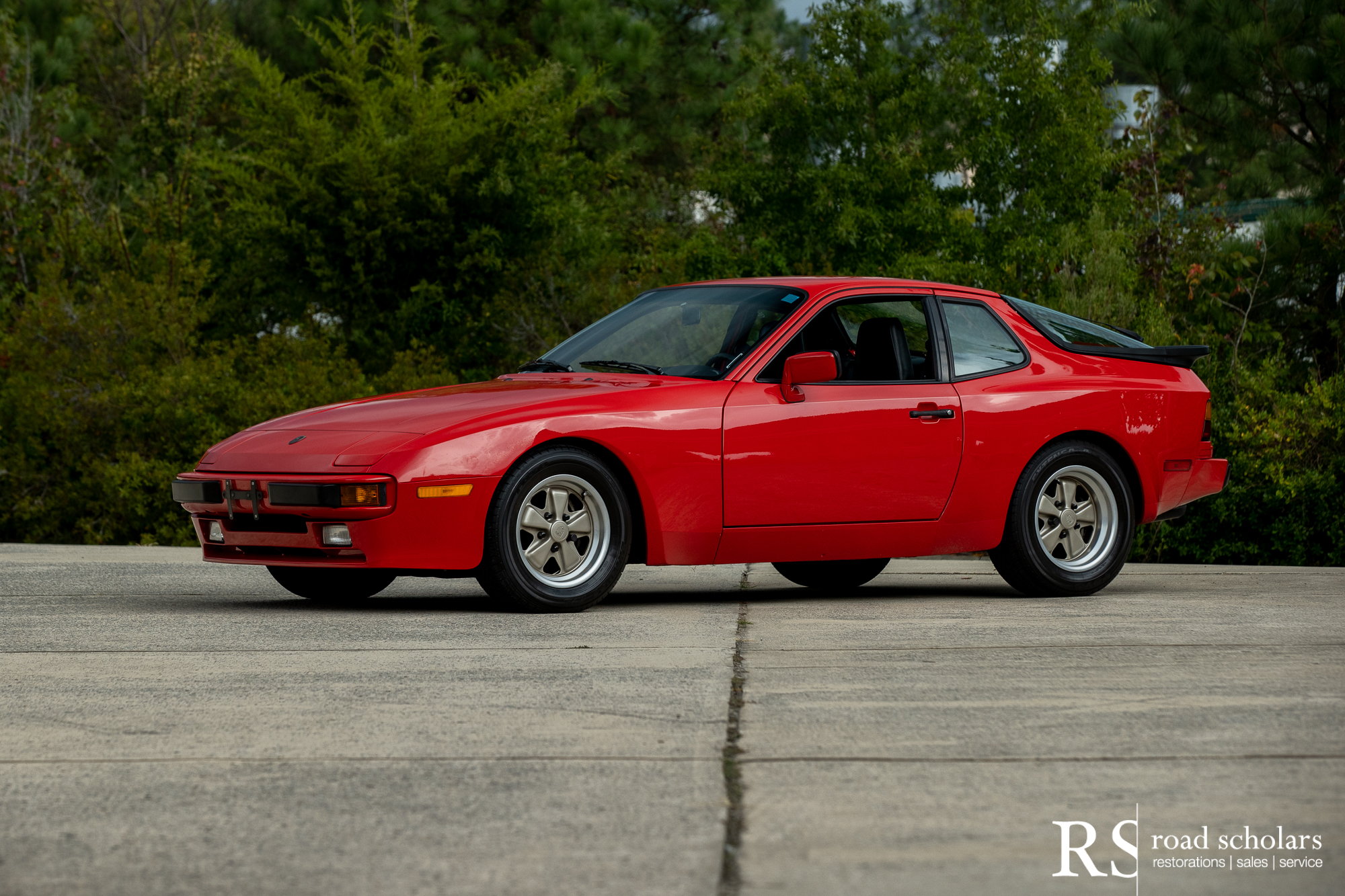




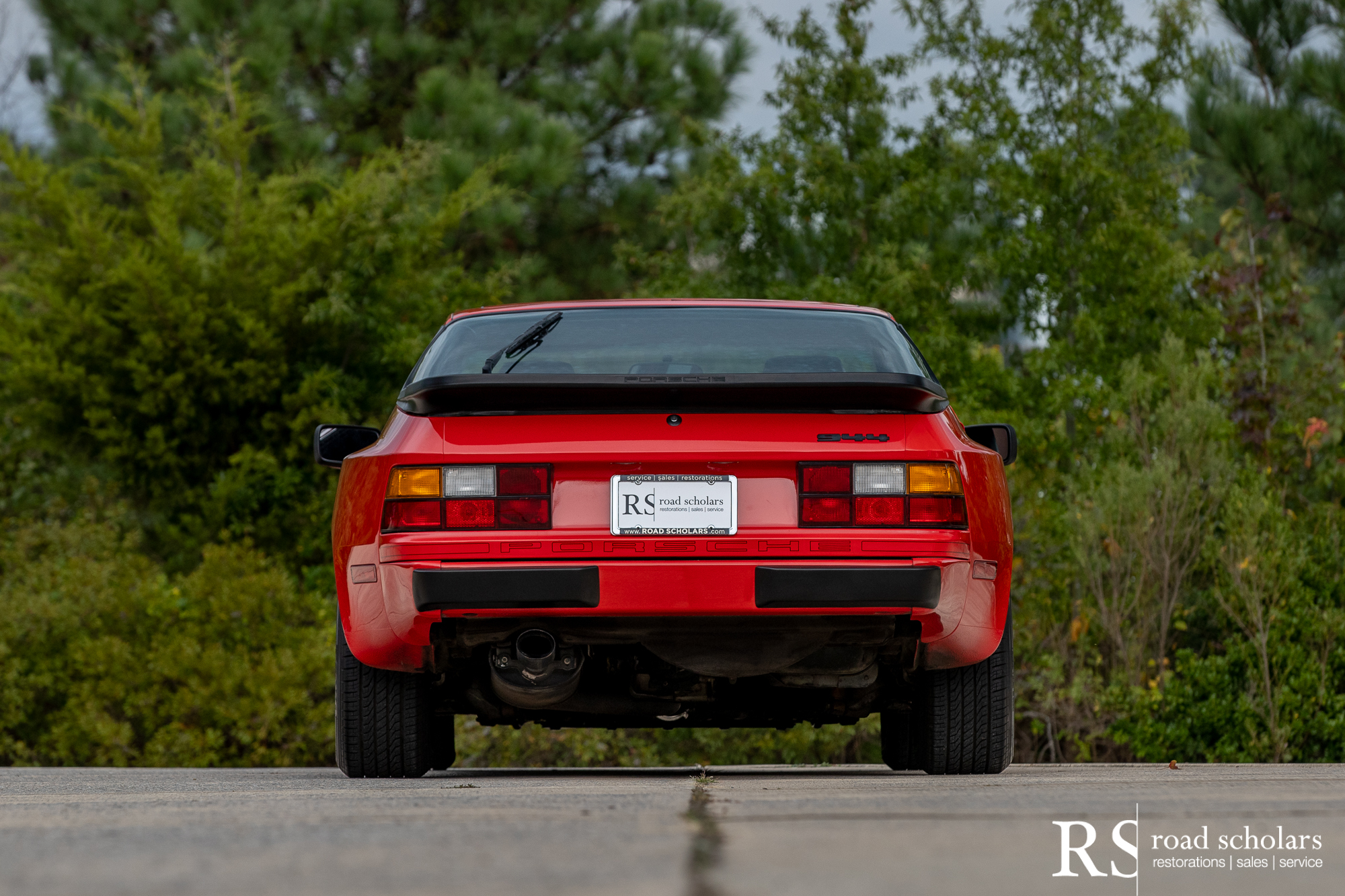

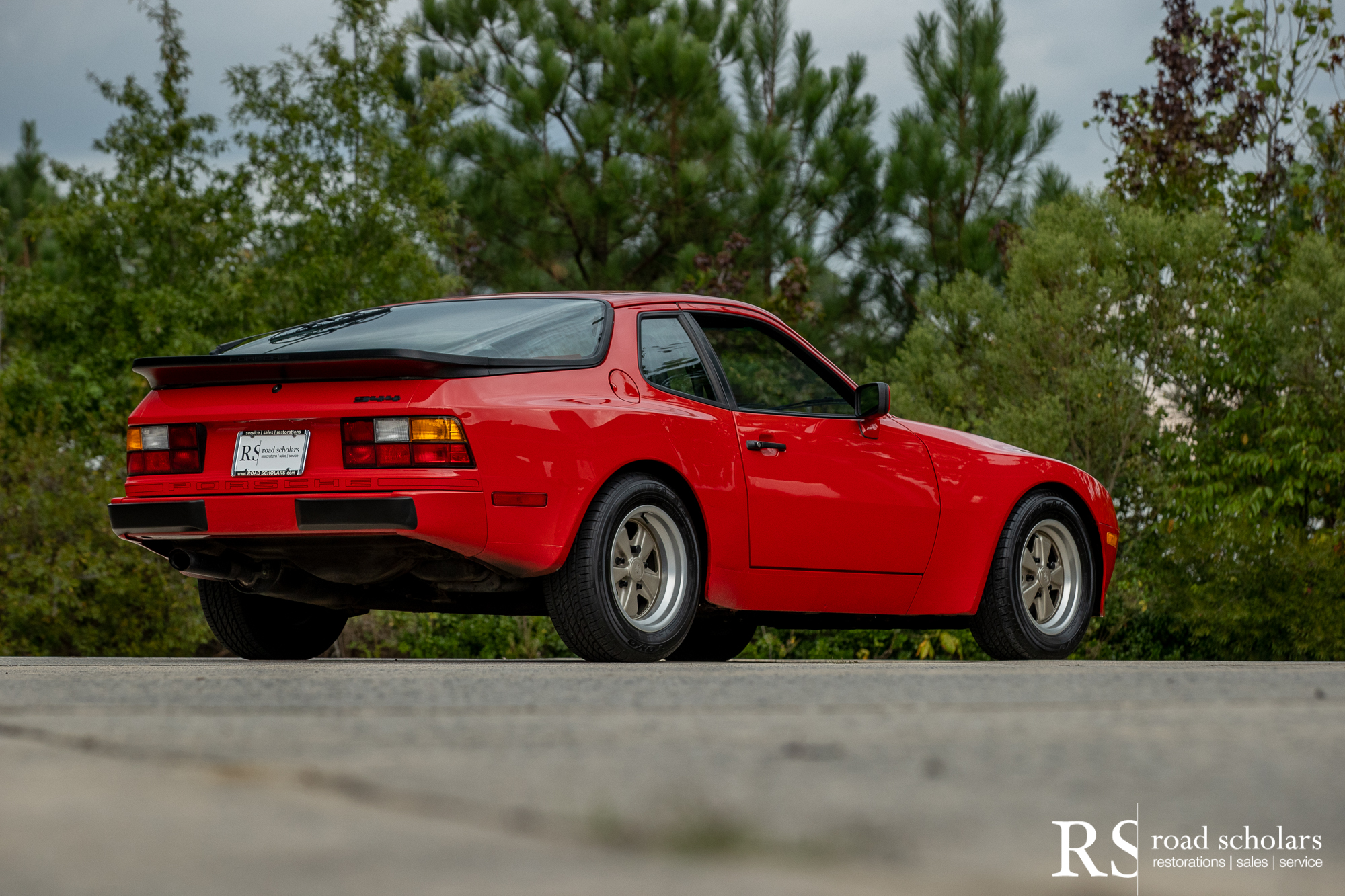



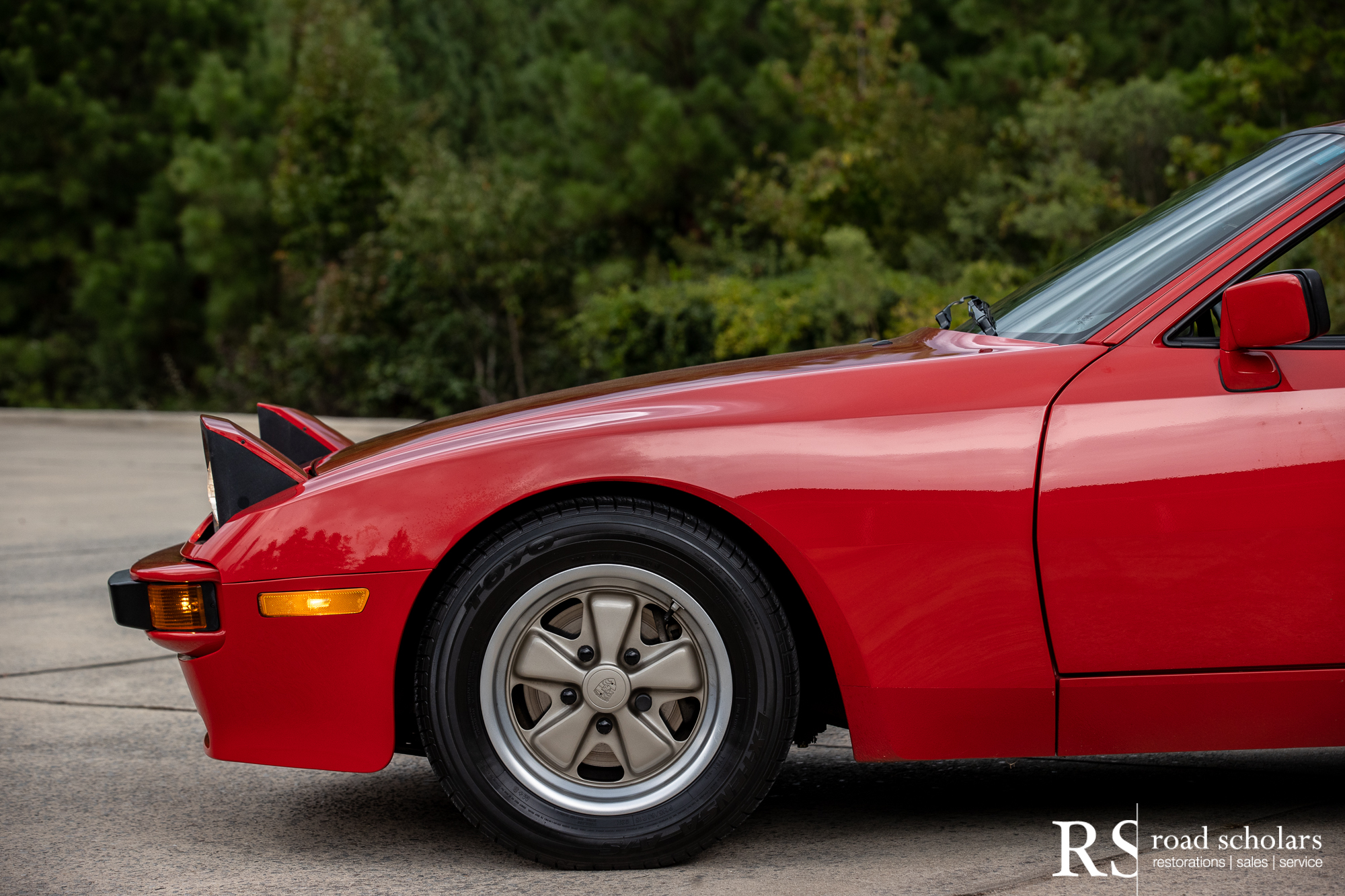
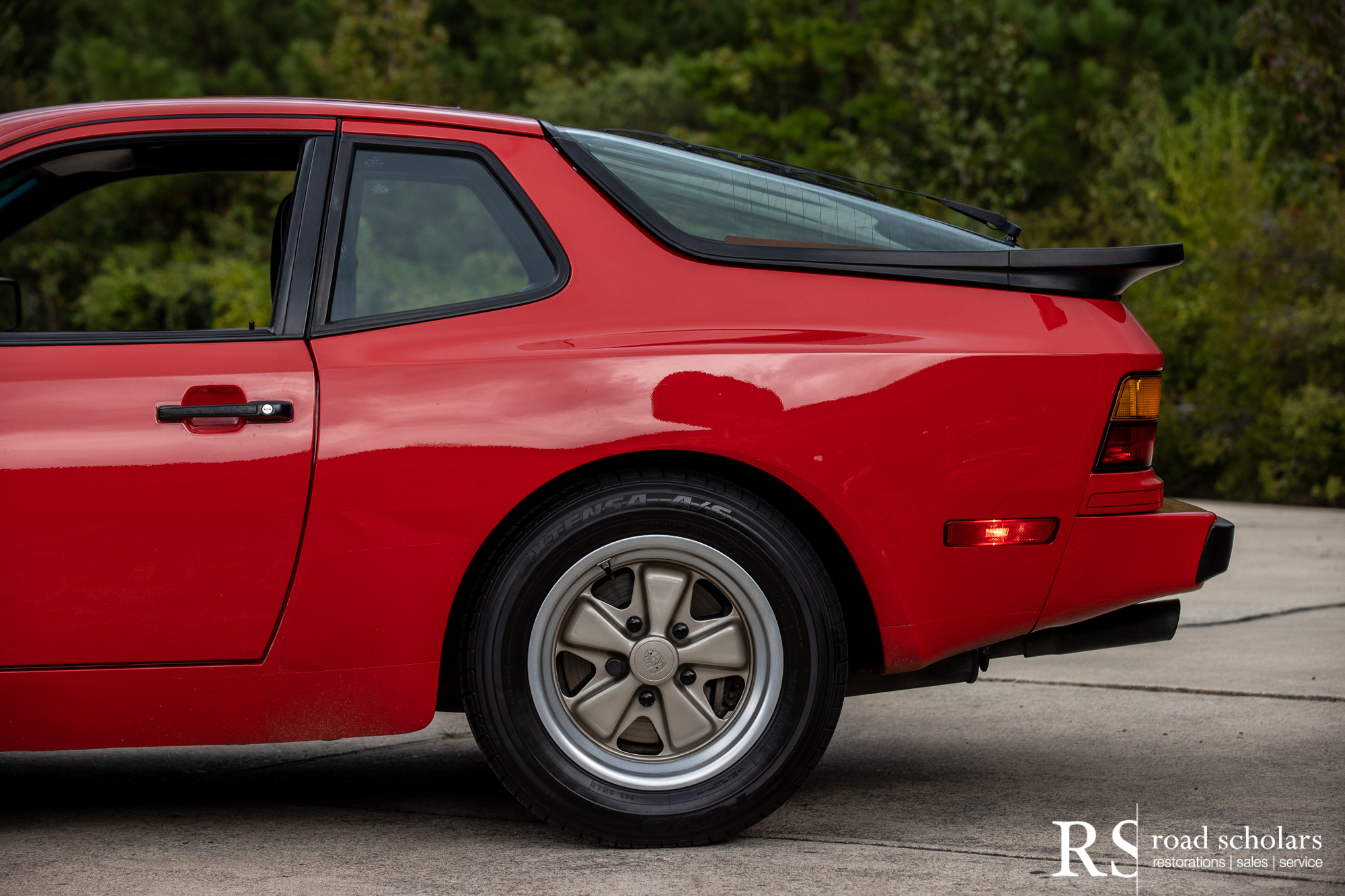



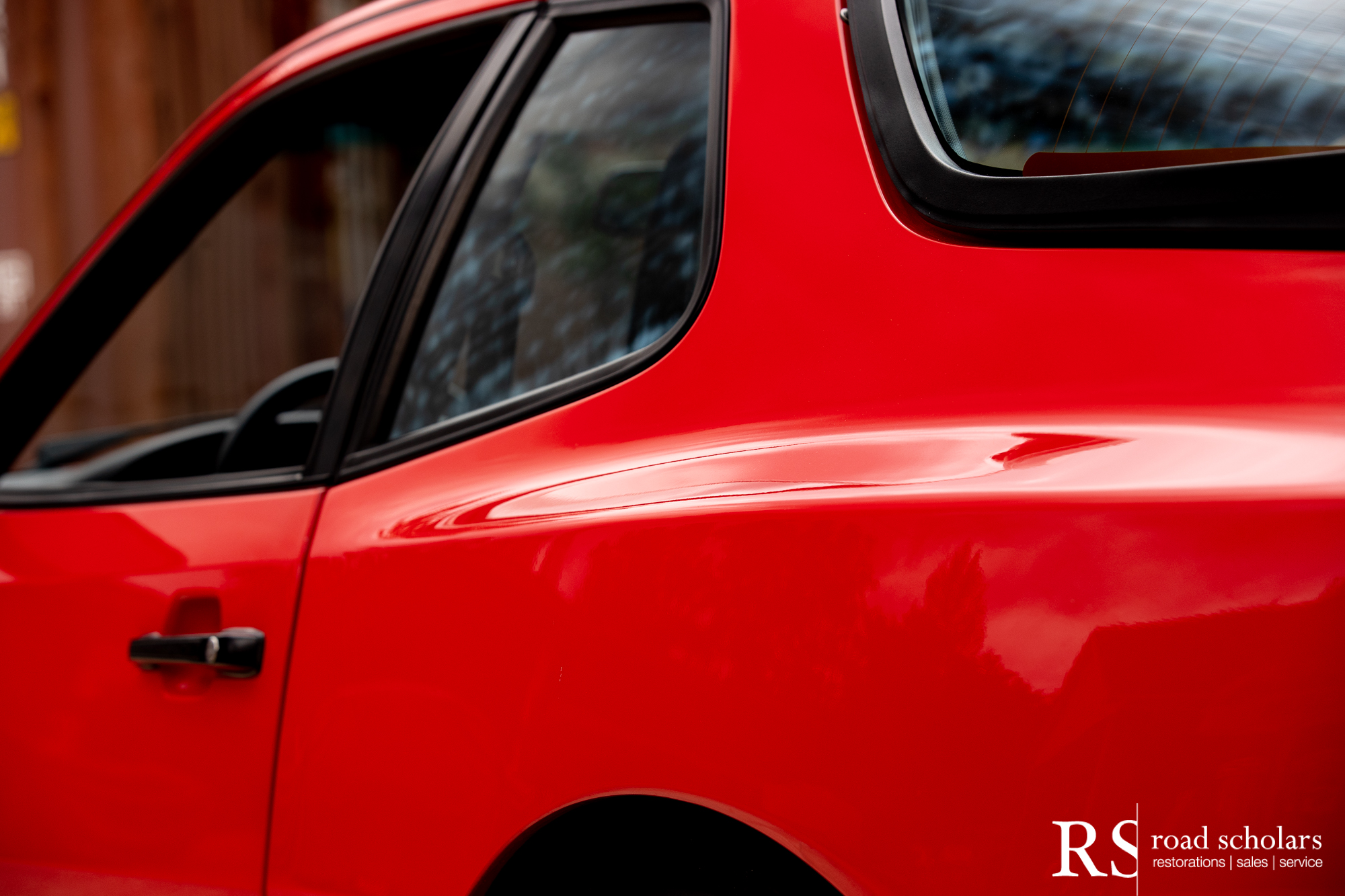



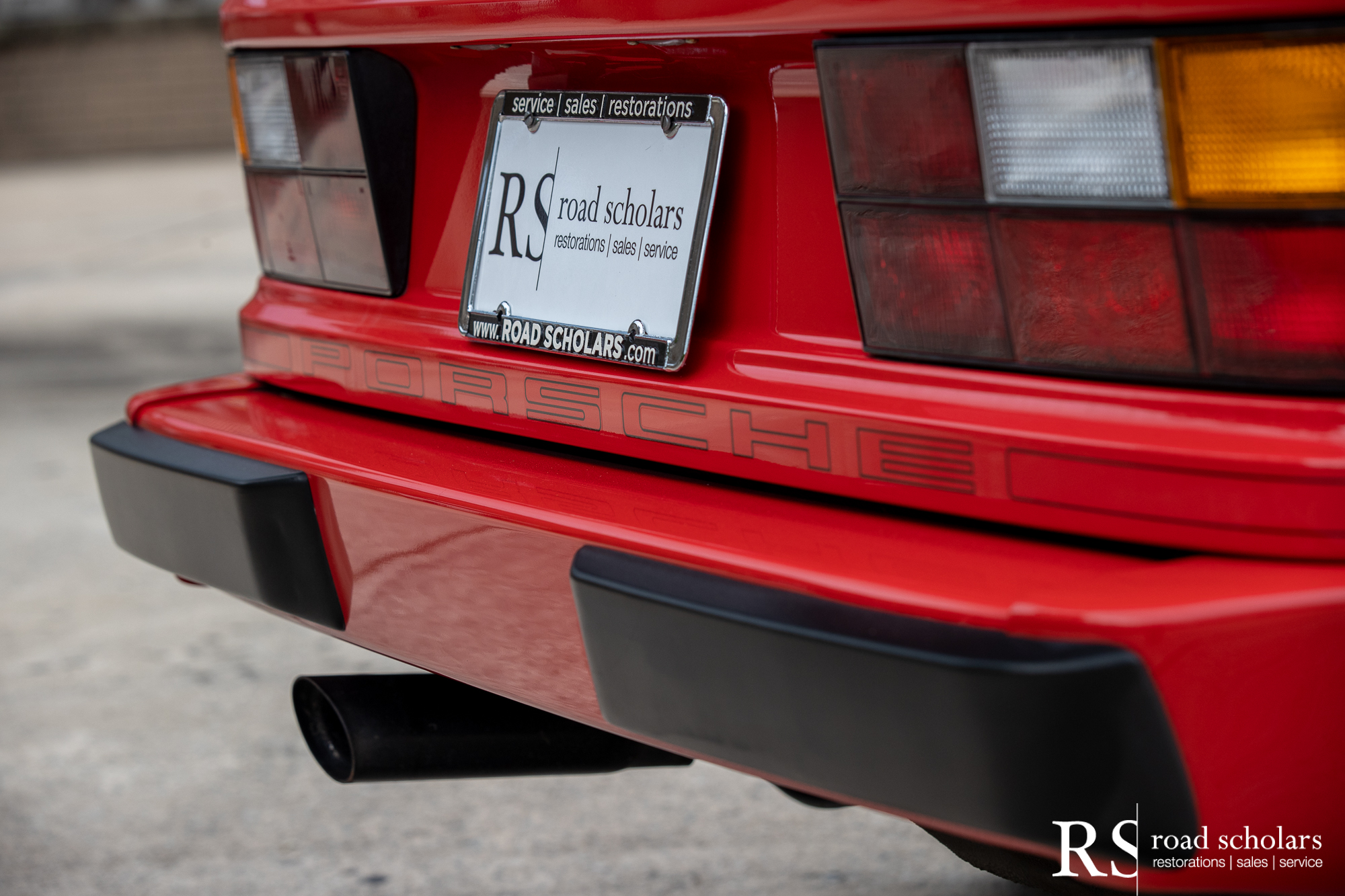





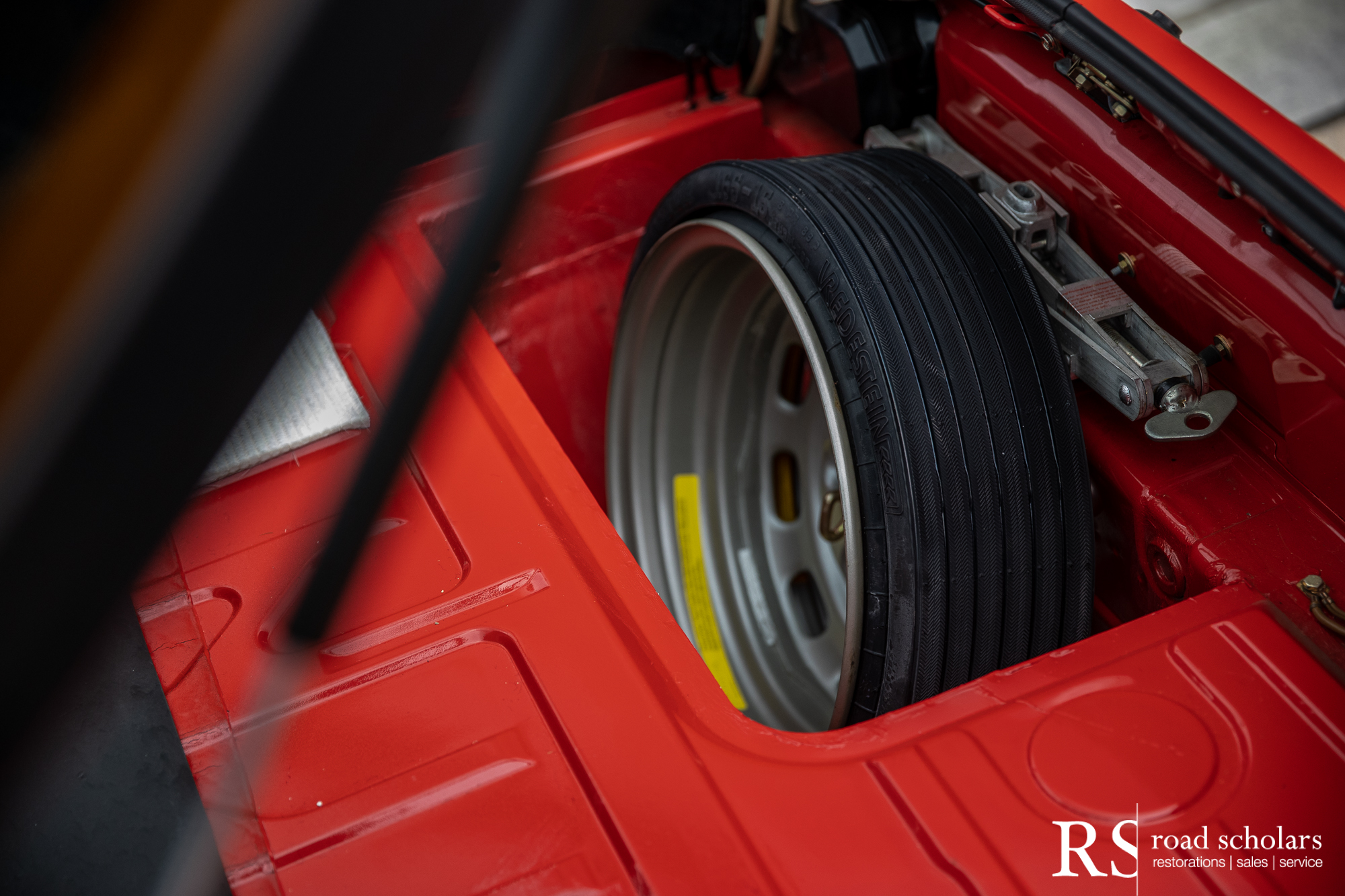
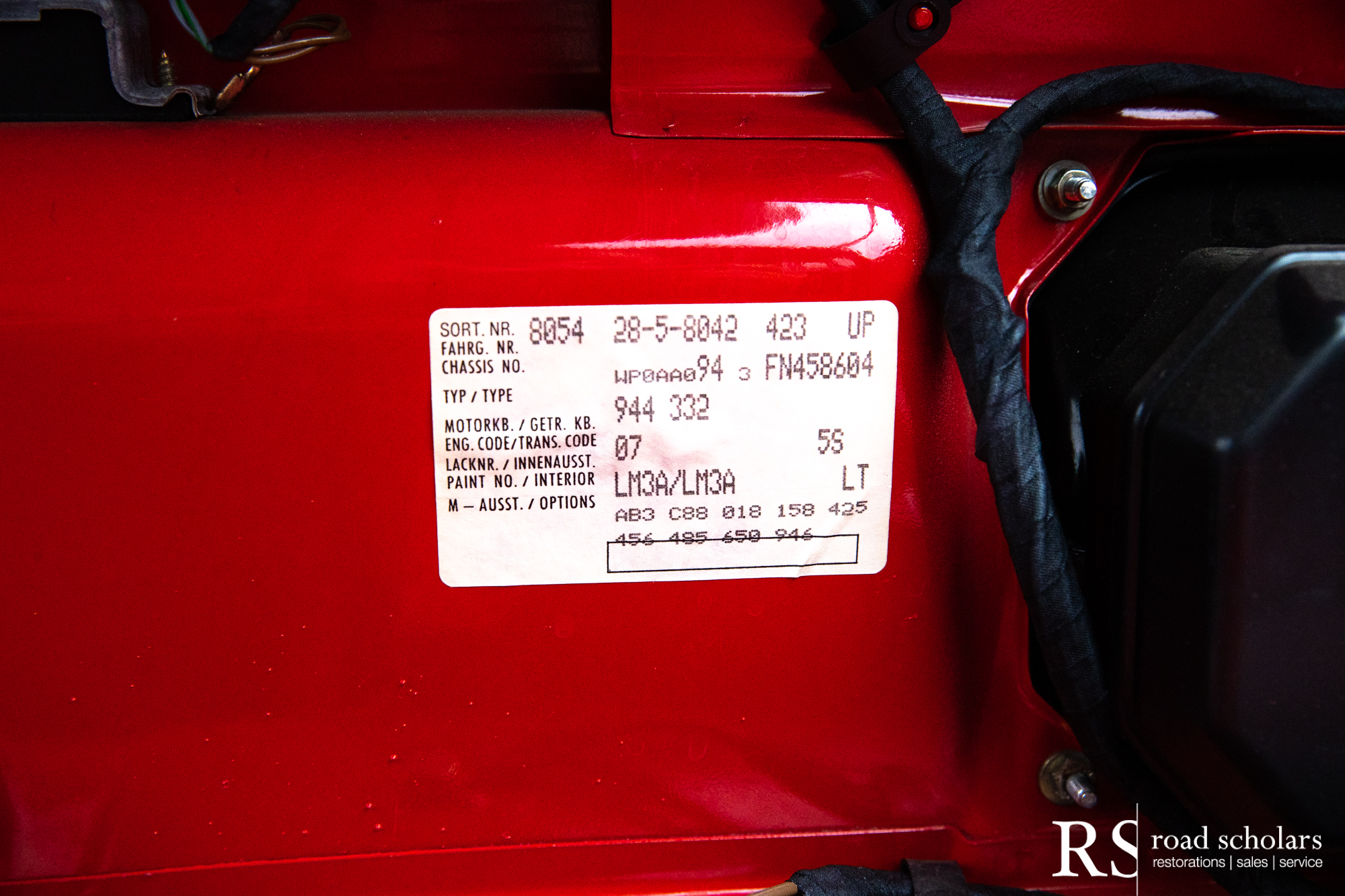







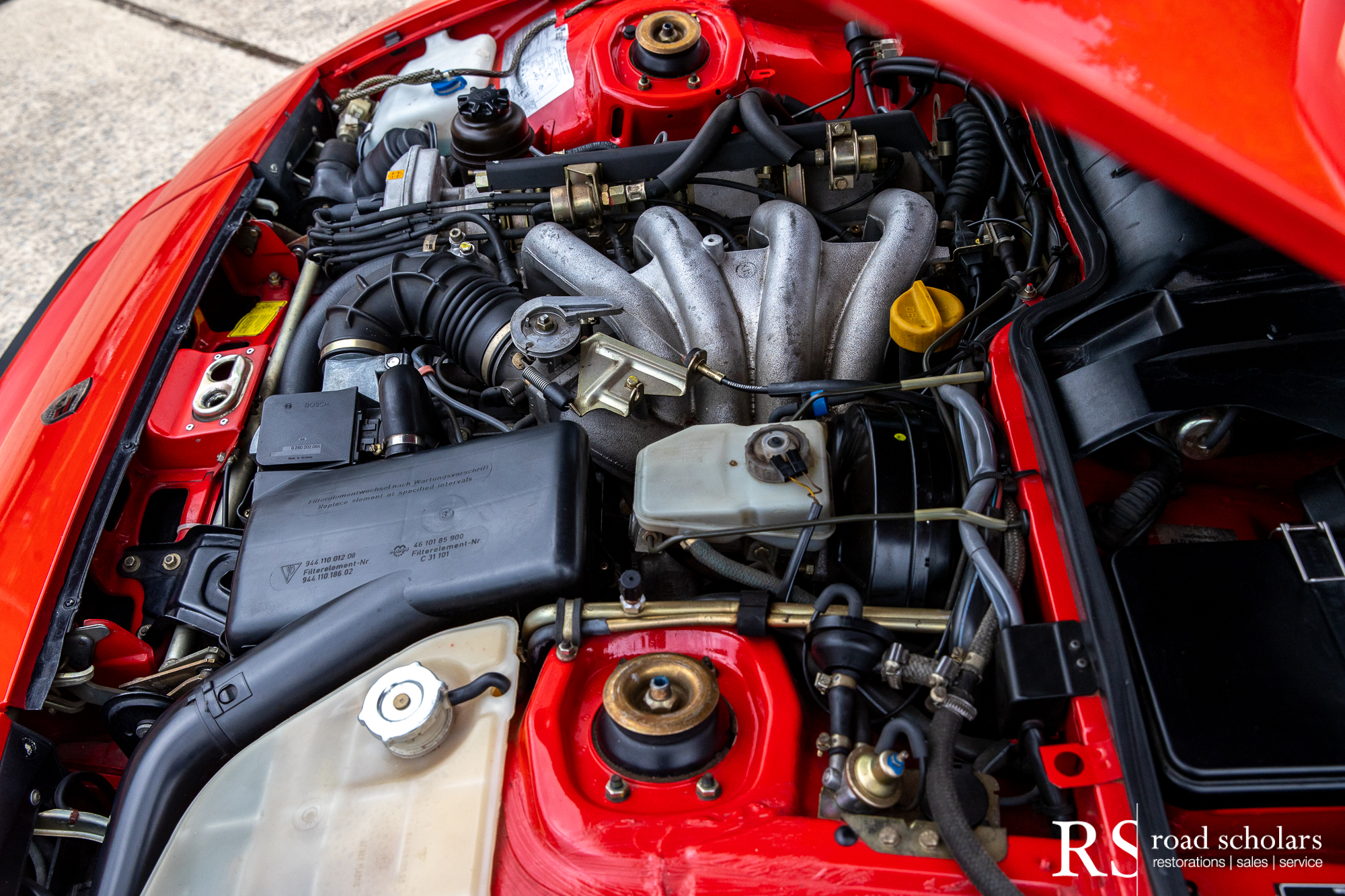




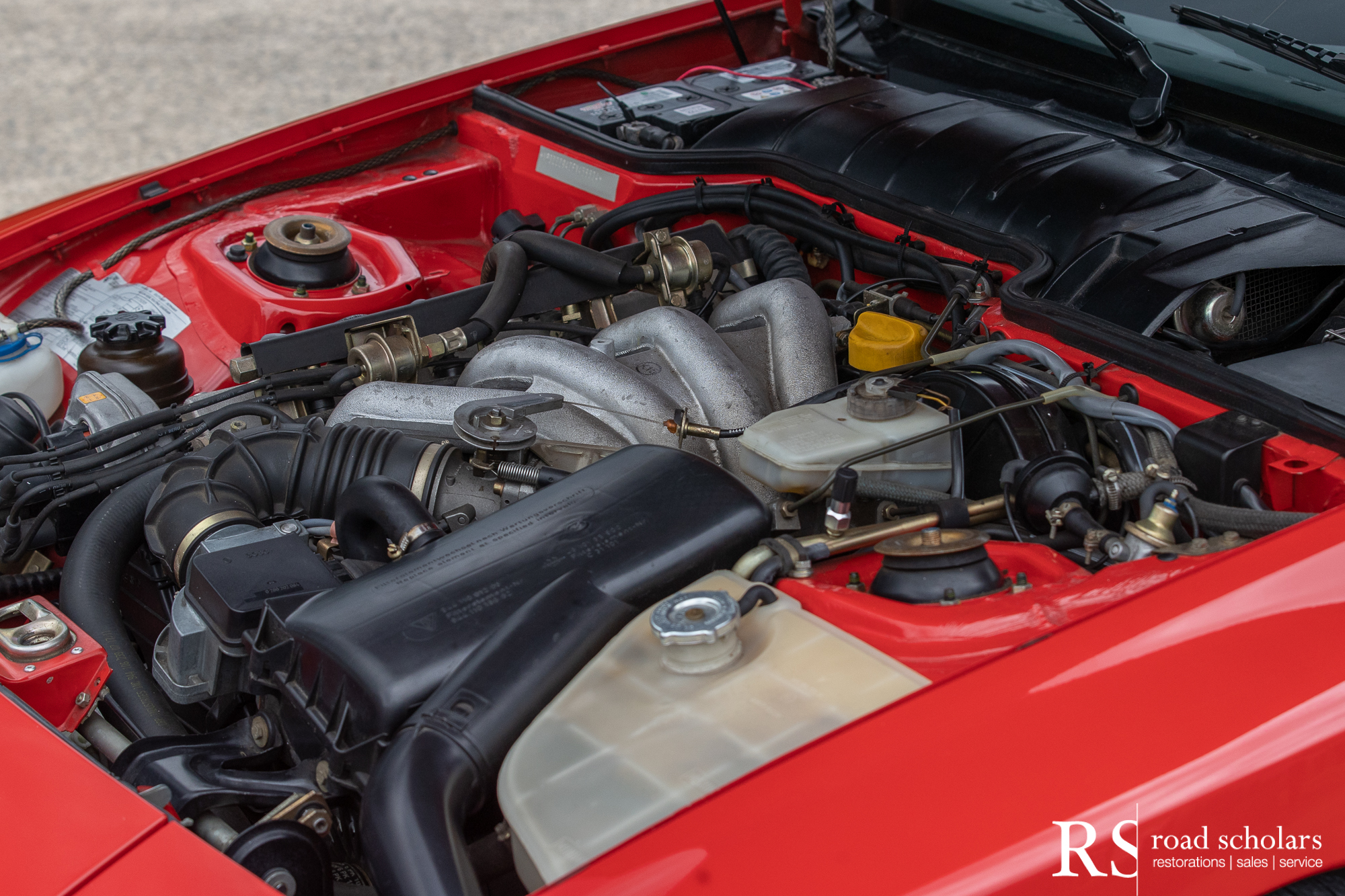


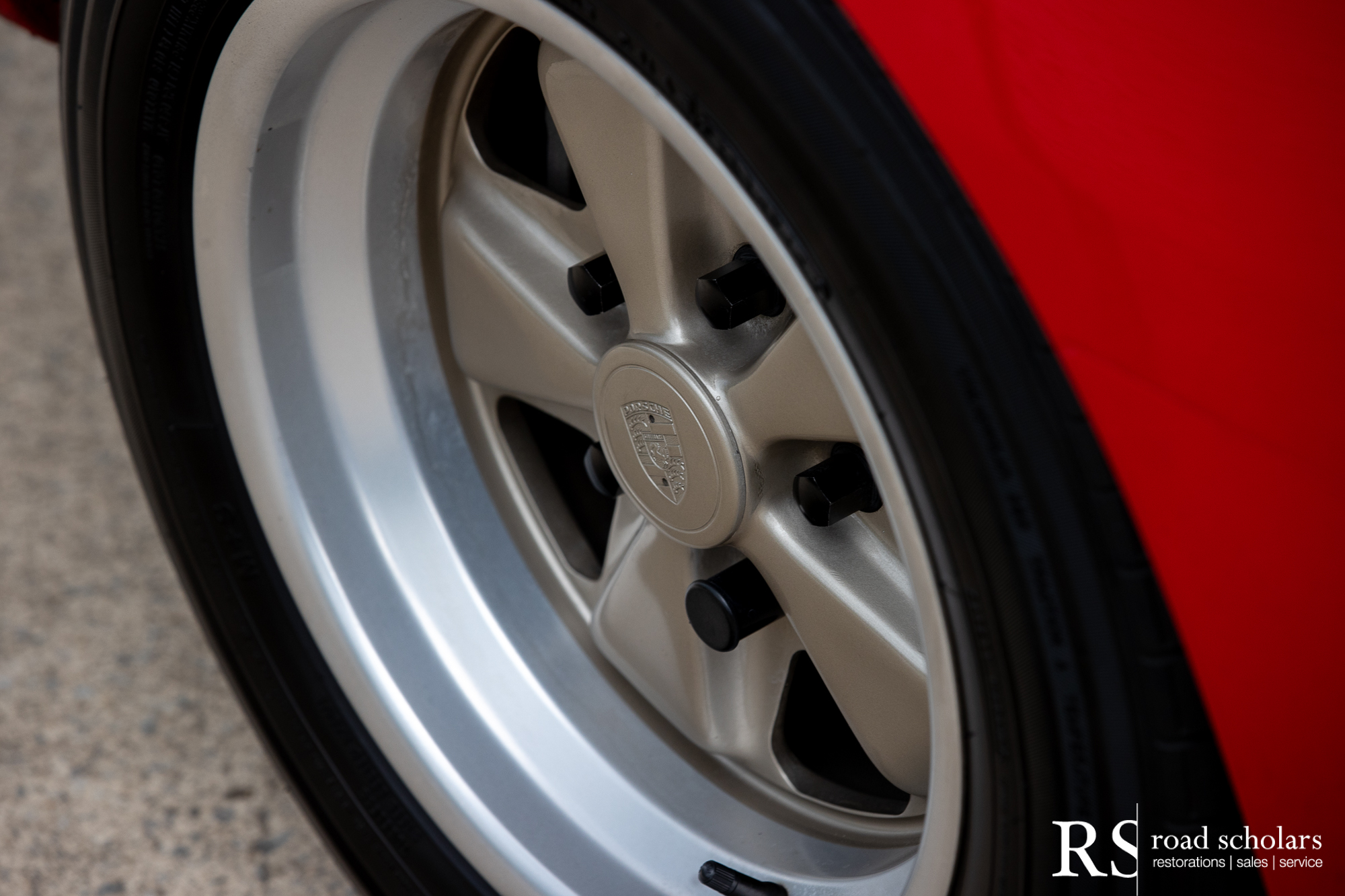


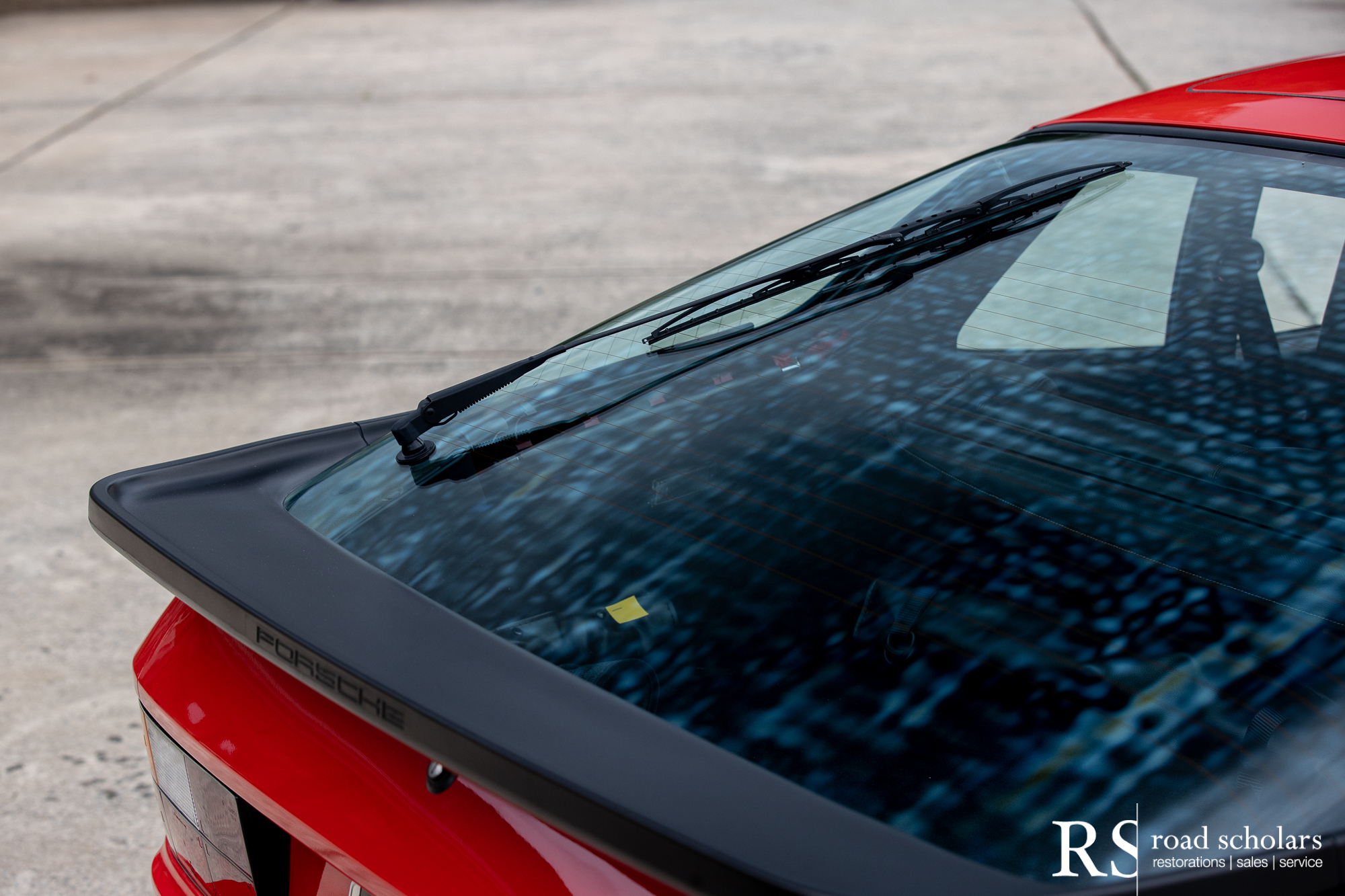
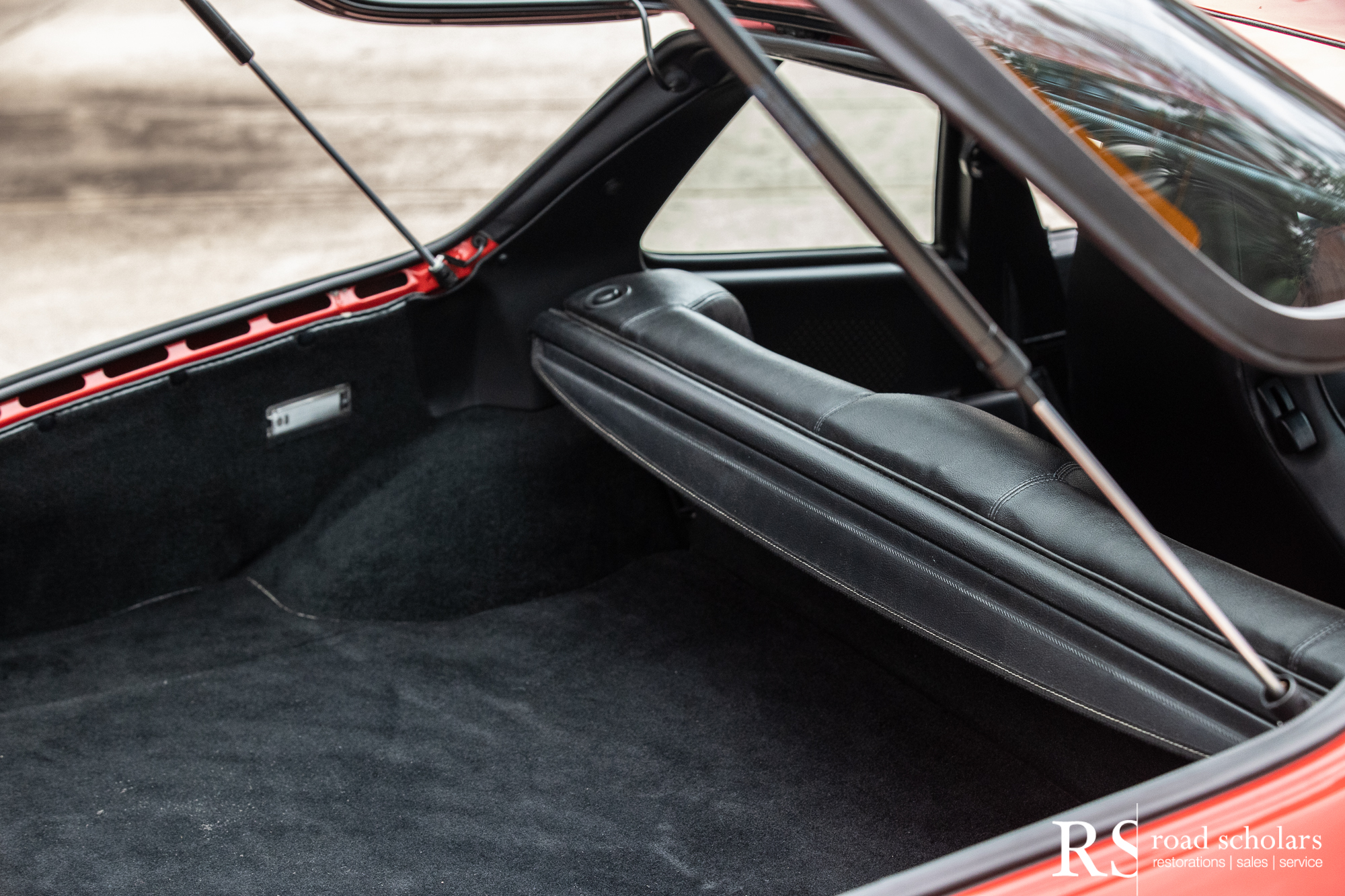



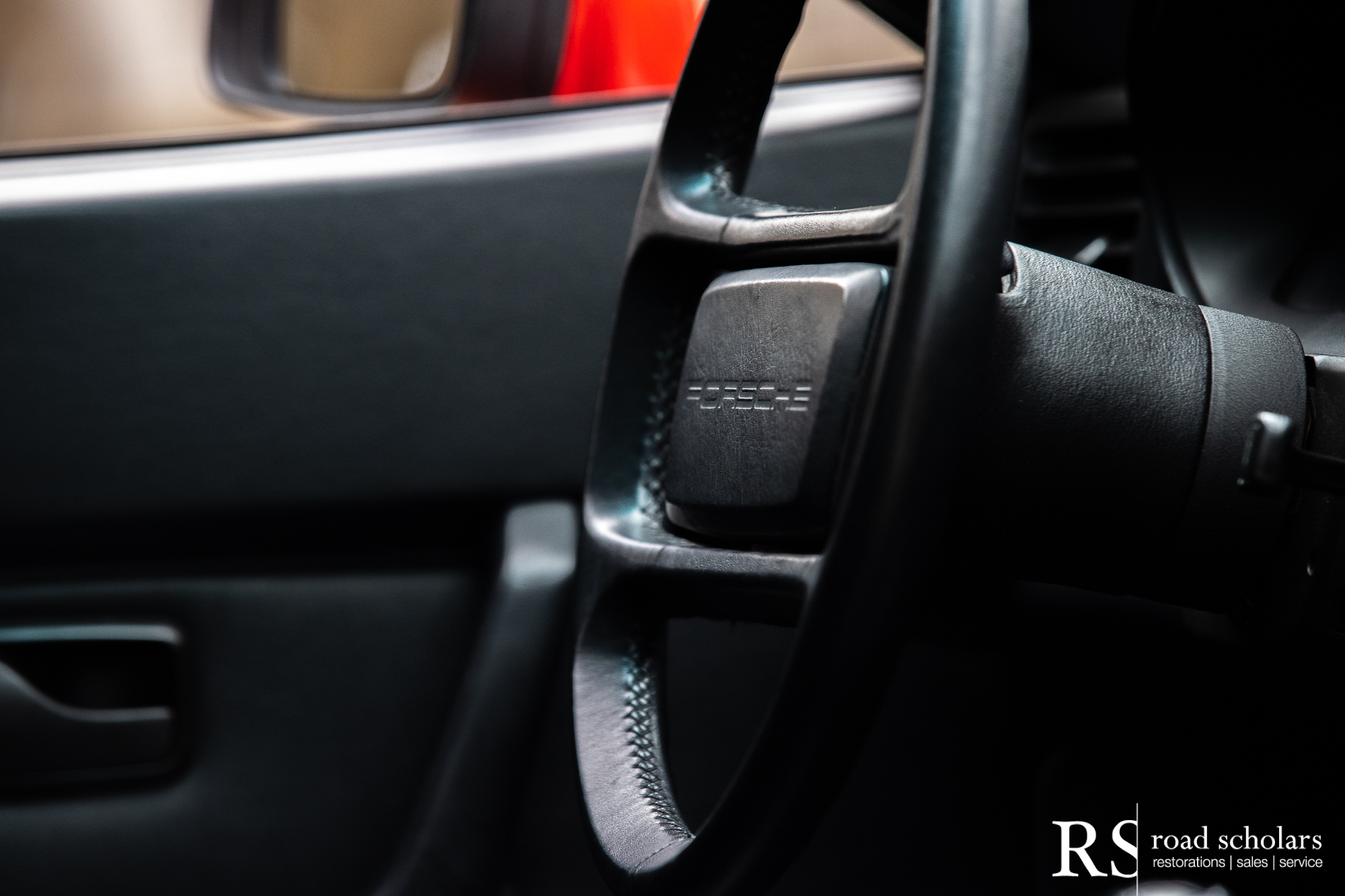
















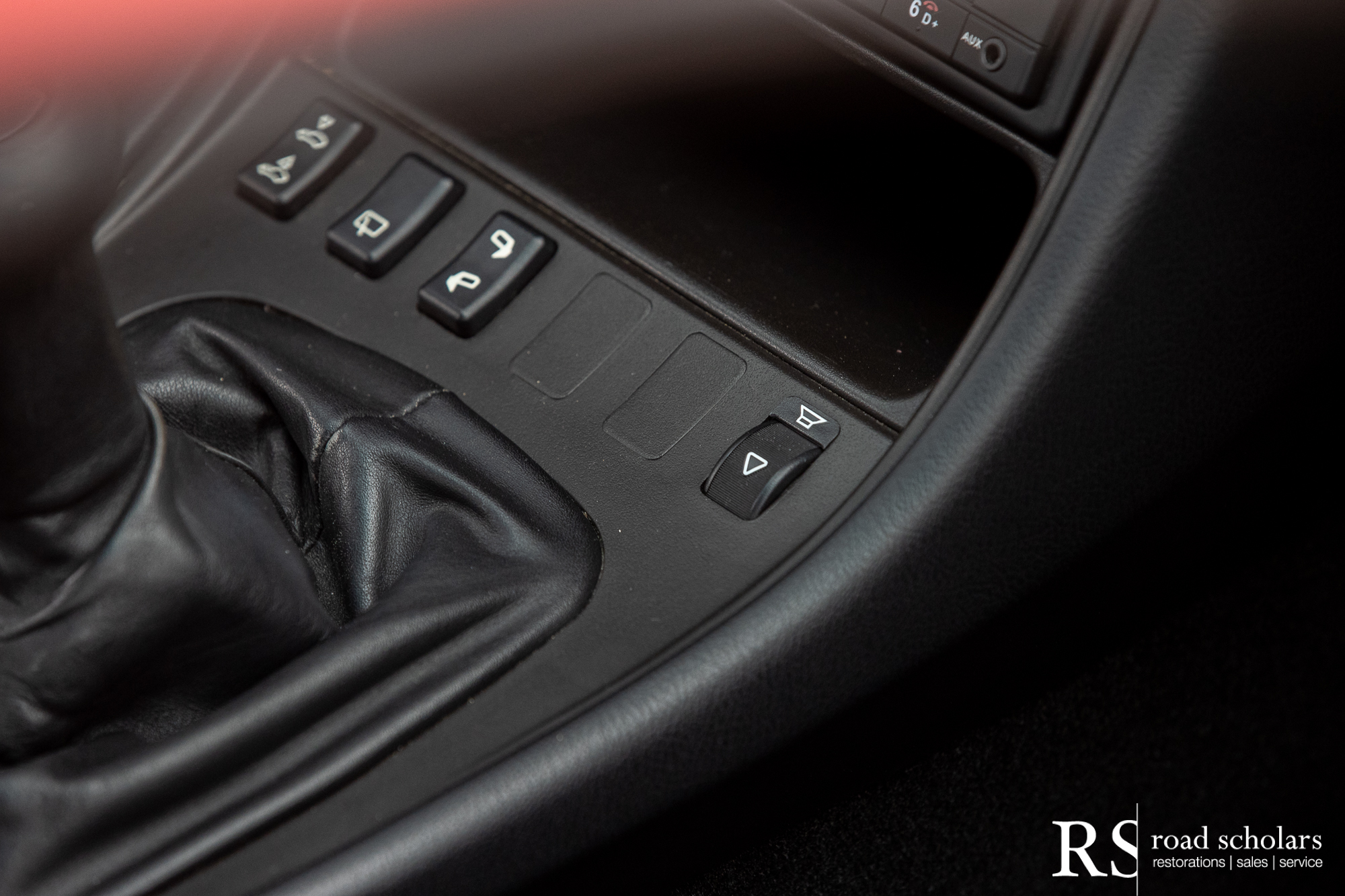

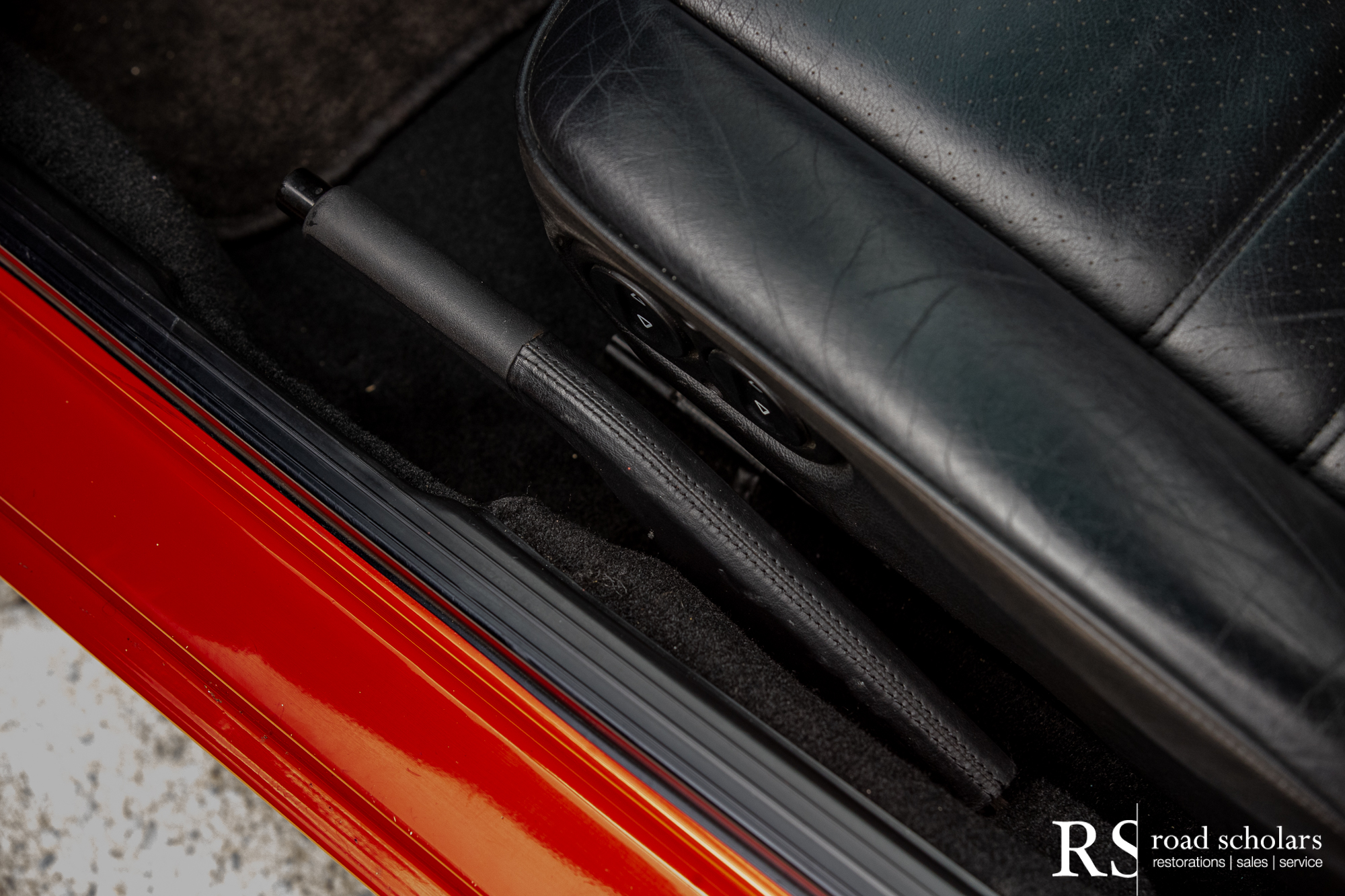






The 944’s immediate predecessor, the 924, began as a Porsche design and engineering project that Weissach undertook for the Vertriebsgesellschaft (VG)- a joint sales and marketing company funded by both Porsche and Volkswagen. VW had made the decision to change its product direction, abandoning the air-cooled rear-engine design that had endured since the beginnings of the company to make way for front-engined vehicles with water cooling. Volkswagen was on a path to end its reliance on Porsche, but before gave them one last contract and two years to develop a new two-seat sports car to replace the 914. The project was code-named EA425, and was originally intended to be the flagship sports car for Volkswagen and the entry-level sports car for Porsche. After extensive deliberation among management at VW, the project was scrapped entirely and Porsche struck up a deal to buy the design back. In 1976 the 924 began to roll off of the production lines and quickly became one of Porsche’s best-selling models despite criticism for its performance from the Audi-sourced 2.0-liter engine.
In 1982, Porsche debuted the production version of the 924 GTP as the 944. The 944 retained much of the styling of the 924 but added muscular box flared fenders and molded bumpers. The interior remained largely unchanged from 924 until 1985, where Porsche felt that there was not enough distinction between the 924 and 944 models, so a new dashboard, door trims, and embedded radio antenna was implemented. The seats were modified to have a better driving position, the door panels and console were redesigned to better match the new interior. The front and rear suspension members were made from lighter and stiffer aluminum to replace the original steel versions, and the fuel tank’s capacity was increased by more than 20% to 21.1 gallons.
The most notable change in the 944 was the 2.5-liter Porsche-developed four-cylinder engine. The 944’s new engine was essentially one-half of the 5.0-liter V8 engine from the 928. The engine was mounted at a 45-degree angle to the right and utilized a single overhead camshaft with counter-rotating balance shafts originally patented by Mitsubishi. The engine was more powerful and significantly quieter than the previous Audi 2.0-liter engine. The new powerplant produced 163 horsepower for European market cars and 147 horsepower for US cars. Porsche claimed a top speed of 130 miles per hour but cleared that figure by nearly 30 miles per hour in a subsequent performance test.
This 944 has been pampered throughout its life and remained with its original owner for 30 years, and as a result, is one of the most original examples that we have seen. Factory options include the power sunroof, sport steering wheel with hub extension, 930 sport seats, sport suspension, and gold Fuchs wheels. With each of its owners, the 944 was maintained to factory spec and is documented by a folio of service records included with the car. Inside and out, this 944 presents in excellent condition- the paintwork shines with a deep gloss and the black leather upholstery shows little to no wear. With a near-perfect 48/52 weight distribution and the sport suspension package, the 944’s handling through the turns is nothing short of superb, and the 2.5-liter four-cylinder pulls smoothly to the 6,500rpm redline.
For three years in a row, Car & Driver unanimously agreed that the 944 was one of the Ten Best Cars available to American buyers and today the 944 represents one of the best value ’80s-era sports cars that can be had.
930 Sport Seats
Sport Suspension
Sunroof

Get RS Insights sent to your e-mail monthly.
